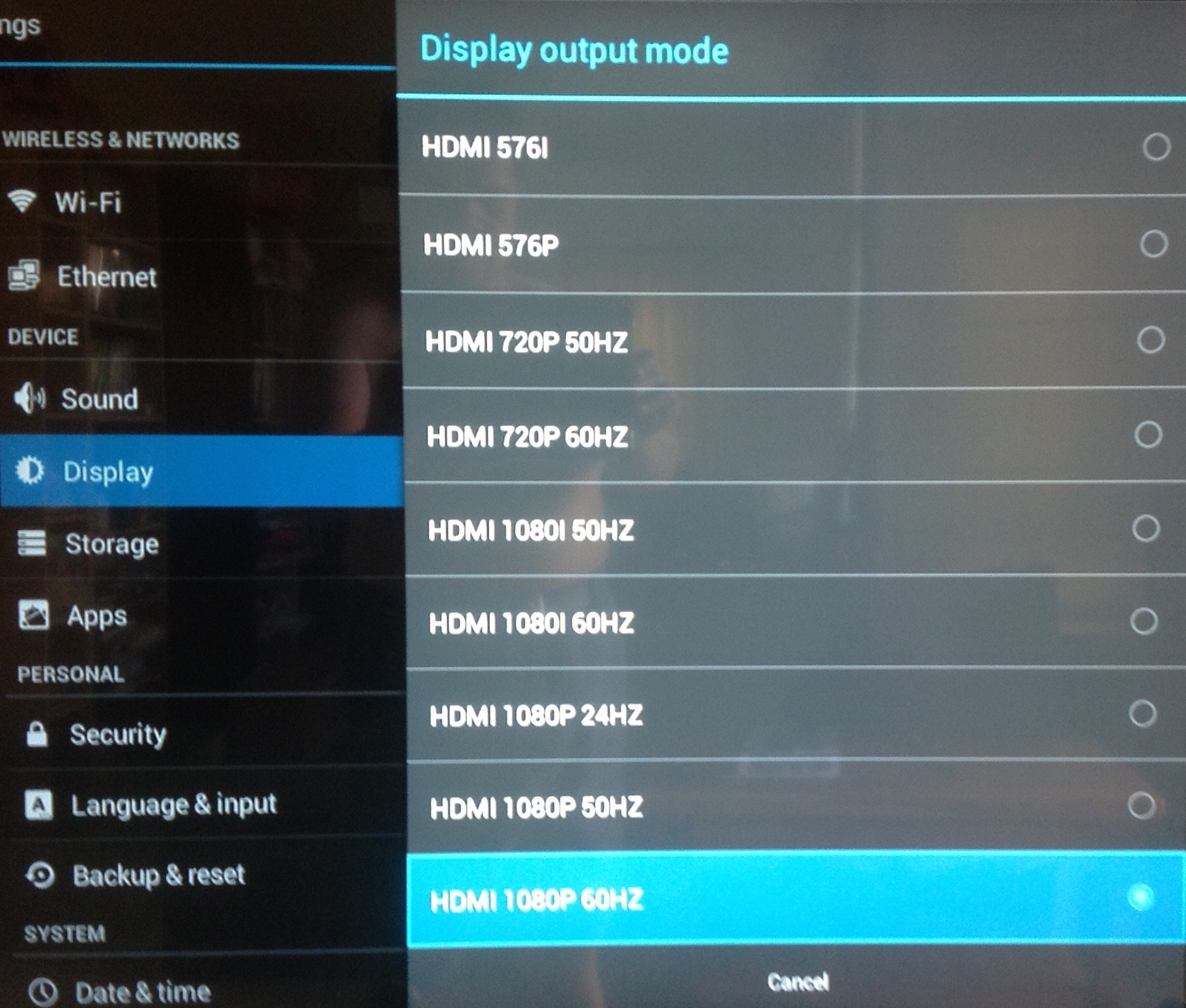

In this case, we compared high end x86 VM instance, n2-standard-32 to t2a-standard-32. On Google Cloud, the T2A VM instances outperform current generation x86 VMs by up to 31% and lead on price-performance by up to 65% using on-demand pricing guidance 1. Ampere Altra CPU based VMs in Google Cloud lead on SPEC CPU ® 2017 Integer Rate Estimated compared to legacy x86 VMs. Performance leadership can be demonstrated using SPEC CPU ® 2017 Integer Rate, the industry standard for general purpose processors. Building out this infrastructure with inherently cloud native technology delivers predictable and scalable performance. Ampere Altra Cloud Native Processors are the ideal CPUs with which to build out a high performance and high efficiency cloud. You can now use T2A VMs with your Dataflow workloads.Īmpere Altra Cloud Native Processors lead in performance for popular cloud native applications while running at lower power than legacy x86 processors. As of today users will be able to run batch jobs on T2A instances to optimize their cost of running workloads.ĭataflow - Dataflow is a fully managed streaming analytics service that minimizes latency, processing time, and cost through autoscaling and batch processing. You can add nodes based on T2A to your GKE clusters by choosing the T2A machine type in your GKE node pools.īatch – Google Cloud’s newly launched Batch service supports T2A.

GKE supports T2A nodes, helping you get the most out of your containerized workloads. Google Kubernetes Engine - Google Kubernetes Engine (GKE) is the leading platform for organizations looking for advanced container orchestration, delivering the highest levels of reliability, security, and scalability. Further, developers building applications on Google Cloud can already use several Google Cloud services with T2A VMs - with more coming later in 2022: In addition, T2A VMs also support Container-Optimized OS to bring up Docker containers quickly, efficiently and securely. That's excellent.T2A VMs support most popular Linux operating systems such as RHEL, CentOS, Ubuntu, and Rocky Linux. Between my local connection and my VPN connection, I have over 100 channels of interest available to me from the simple application interface. What you can access depends upon where you connect to the Internet. As one would expect, when using an exit hub within a particular country, many channels within that country become available.ĬloudTV offers over 800 streams from around the planet. Many VPNs are able to use exit hubs within foreign countries.

I did this with my VPN off, then with my VPN on. I found the best strategy was to open up the Preferences/Live tab and go either down from the top of the list or up from the bottom of the list, activating channels one by one then testing them inside the stream screen. I spent an hour updating my available channel list. Meanwhile, the developer has vastly improved the number of available, working streams.

Even figuring out a temporary Akamai URL is difficult. Due to how NASA uses Akamai, there is no longer any one consistent stream address for NASA. One of them is the NASA channel, which I can pick up fine in Safari at both their regular web page and their public education page at UStream. There are some problems with particular stream sources, but I'm not sure the developer can overcome them. It's back with a significant update! I'm incredibly impressed.


 0 kommentar(er)
0 kommentar(er)
